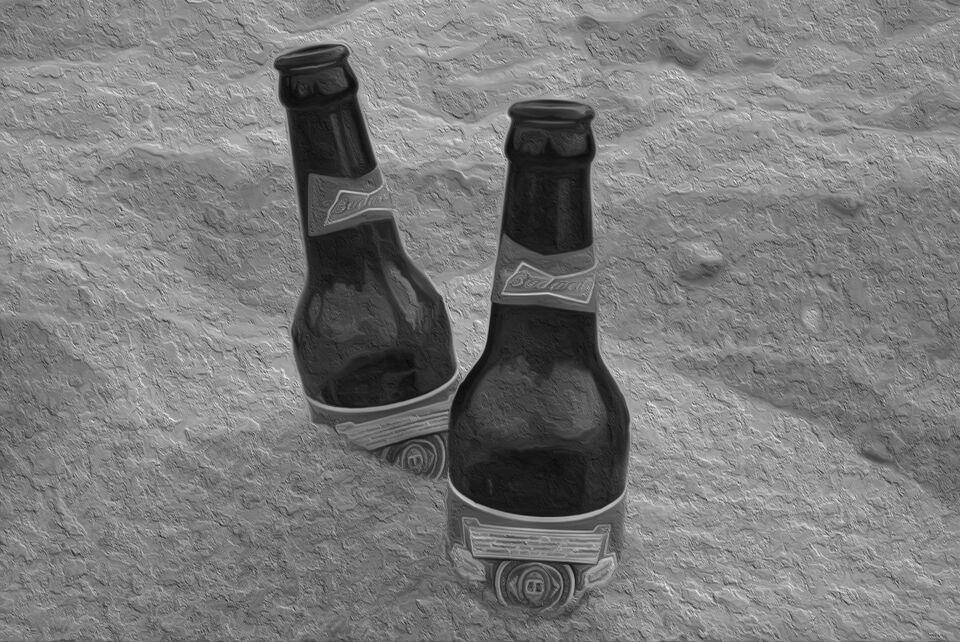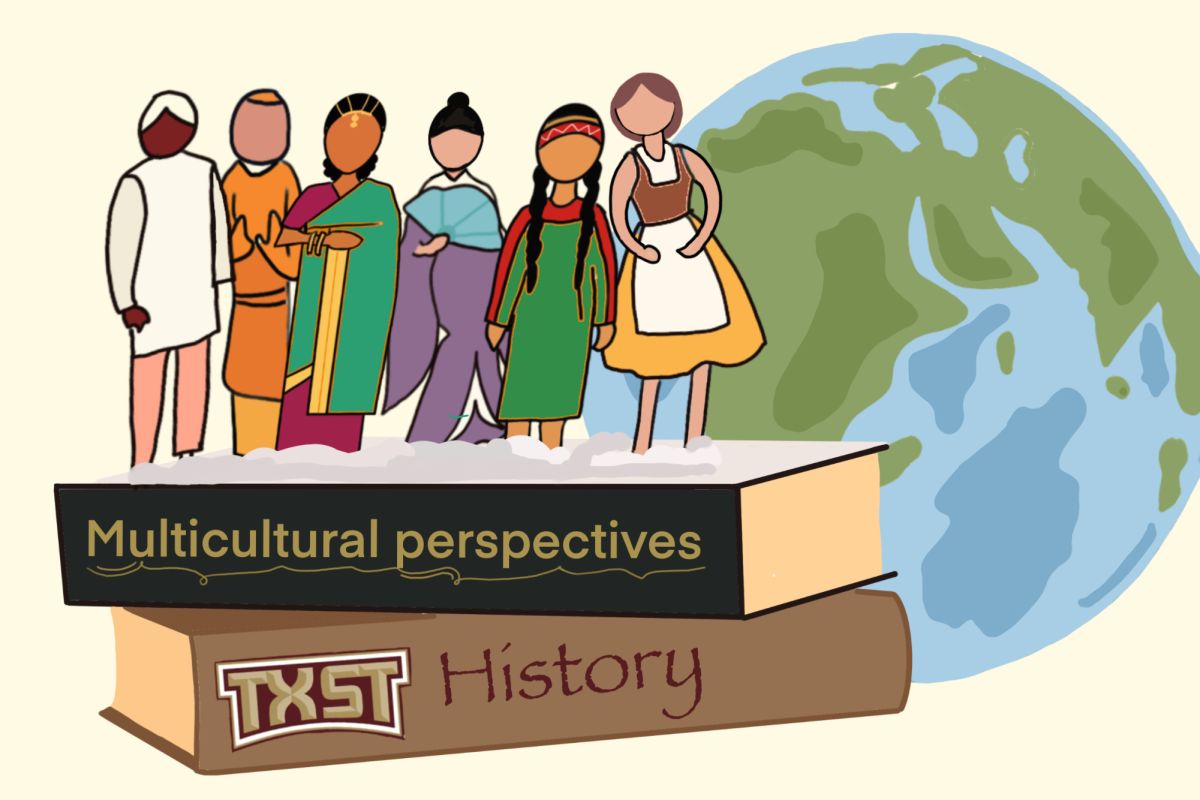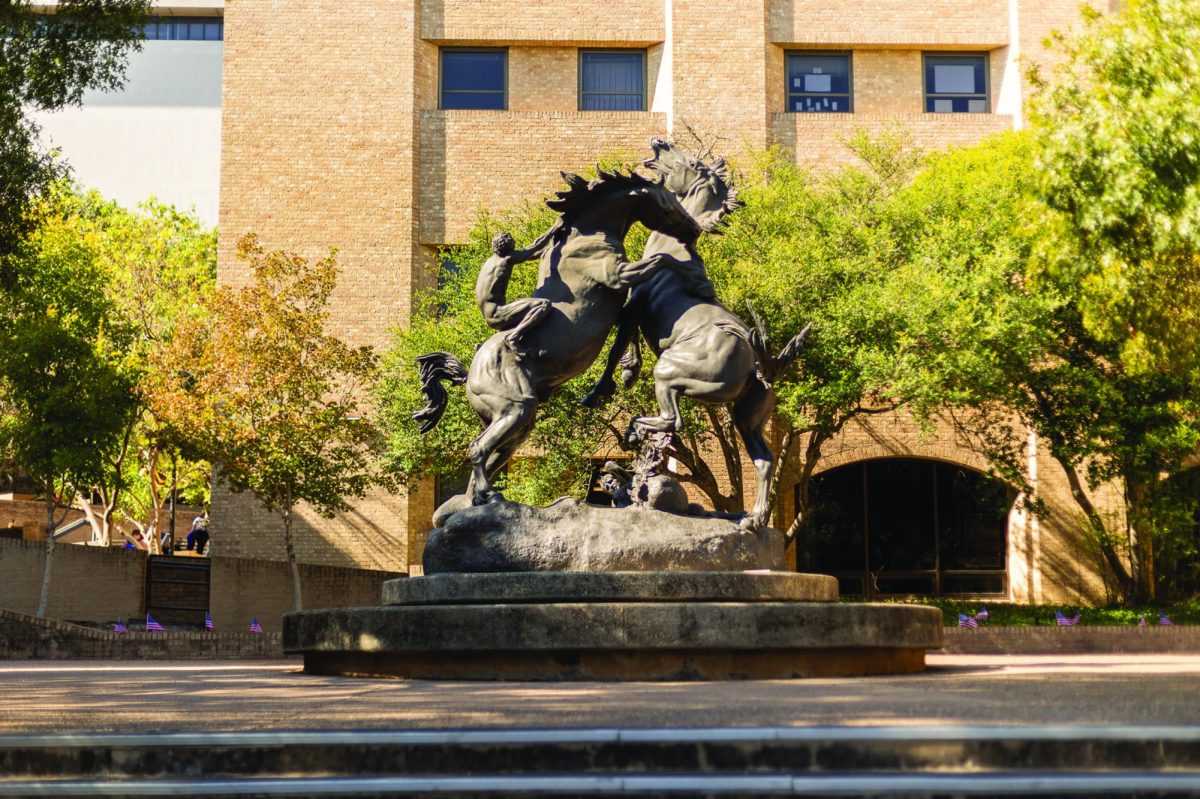There are serious consequences that come with over-partying that mass media does not show.
Beaches, parties, concerts and no class. During spring break, these are the activities and places that most college students look forward to. However, spring break is more than a chance for college students to get wasted for a whole week. While typically shown as a time to have “fun” in the media we consume, spring break actually ends up being a nightmare for those who experience the negative consequences of a “wild” spring break.
The holiday is a week-long celebration for many college students. The halfway point of the semester, spring break is a chance for students to strip away the restraints they might have as aspiring college graduates and jump into an ocean of no rules. No rules doesn’t equal no consequences, however.
Messages of caution are drilled into the heads of college students alongside messages that say despite however much they binge drink or partake in physically destructive behavior, there isn’t going to be consequences for students on spring break.
Every year the same concerns of the safety of college students and the cities they temporarily inhabit are brought up left and right. Newspapers, magazines, uneasy parents and universities always heed the same warnings every March and April. They warn of binge drinking, drug use, sexual assault and beachside property damage. But students already know about the dangers of spring break and are hearing a very different message from mass media; one that is more appealing.
In films, media and even the Snapchats of peers, college students are told that spring break is a time to go wild. The stereotype is that there’s an abundance of infamous spring break destinations that promise a non-stop party where everyone is having the time of their lives. Spring break has become synonymous with a frenzy of rowdy college students.
Films such as “Spring Breakers” and TV shows like “MTV Spring Break” only reinforce the stereotypes that come to mind when talking about the holiday. Amidst the scenes of alcohol, drugs and sex, the narrative seems to be that the only thing to do during spring break is spend it as inebriated and intoxicated as possible at the expense of no one.
This is a dangerous message to send college students. The expectations that the media gives college students for spring break are the same actions that end up getting students into trouble, legal or otherwise. Students should not be expected to be on their best behaviors while also being told that if they don’t party, their spring break is wasted. This becomes a sort of self-fulfilling prophecy and college students end up wilding out on beaches every spring break
Marketing spring break as a wild time of drinking, drugs and debauchery created the monster that is college spring breakers. Experian Simmons says 98 percent of college-aged students from 18 to 24 use social media. The percentage of digital marketing done on social media has gone from 7.52 percent in 2014 to 17.34 percent in 2019. Social media is the first place many students get their news, information and entertainment from, so when advertisers promote alcohol or partying on these platforms, college students are the first ones that get hit.
After the partying and damage is done, horror stories arise from the aftermath. Some students experience more than just a sunburn and a hangover after spring break. The heavy amount of binge drinking leads to alcohol poisoning, and even death in some cases. The National Institute of Alcohol Abuse and Alcoholism states that 11 percent of college-aged people drink to the point of blacking out or passing out. Excessive drinking is responsible for more than 4,300 deaths among underage youth each year, according to the Center for Disease Control and Prevention (CDC).
Binge drinking can also lead to sexual assault. This shouldn’t have to be a reminder, but anyone who is intoxicated, inebriated or unconscious cannot consent to any sexual activity in any way. However, Forbes reports that 97,000 people become victims of alcohol-related sexual abuse. These consequences, alongside the numerous cities that get destroyed every year during spring break, are sobering.
Spring break is a rite-of-passage for some college students. I don’t expect students to stop partying during spring break—it’s called a break for a reason—but I do think college students should be leery of messages consumed in mass media about the consequences of binge drinking and beach pollution. Predatory marketers and advertisers don’t show the aftermath of spring break and the emotional and physical damage it causes every year.
It is important to always be aware and prepared for the worst during this time. This doesn’t have to dampen vacation spirits, but it can make a difference in how spring break is spent by students. Bobcats need to exercise caution and be mindful of how they spend their break.
For tips on how to stay safe during spring break, visit the CDC’s guide on Spring Break Health and Safety Tips.
– Carissa Liz Castillo is an English senior
Categories:
College students shouldn’t try to fulfill the stereotypes of Spring Break
February 22, 2019
0
Donate to The University Star
Your donation will support the student journalists of Texas State University. Your contribution will allow us to purchase equipment and cover our annual website hosting costs.
More to Discover








